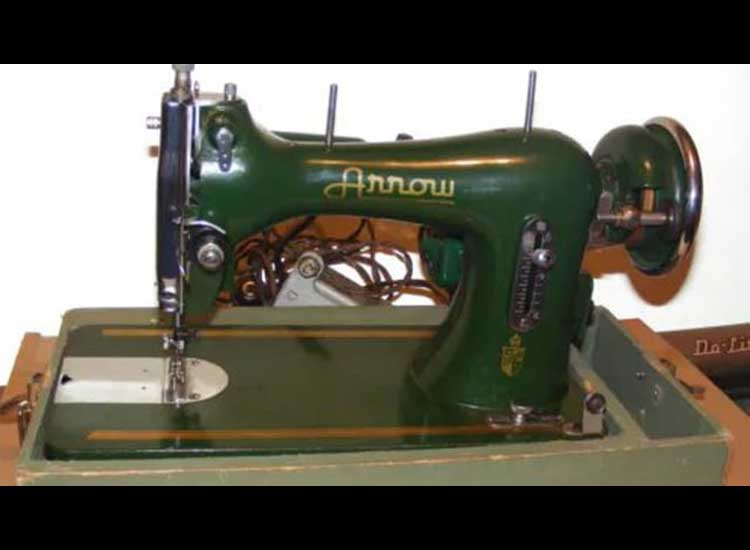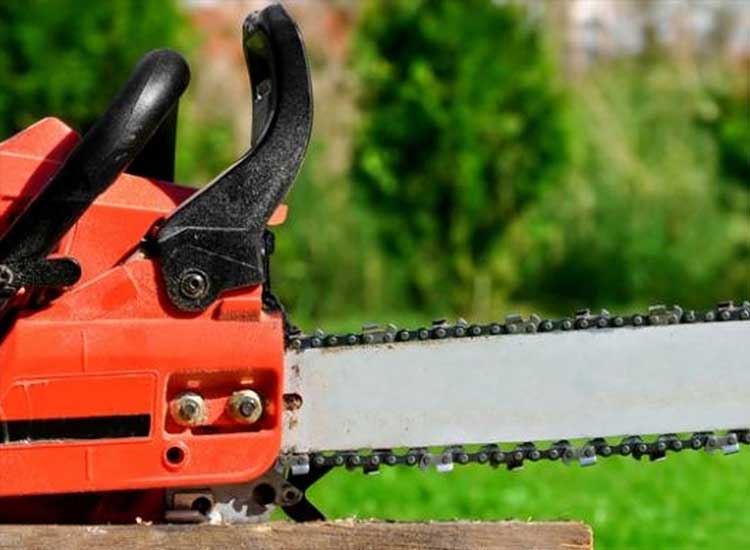INVENTOR OF THE SEWING MACHINE – Do you know who invented the sewing machine? The answer is Elias Howe , who is known to the world as the inventor of the first sewing machine. A sewing machine is a mechanical device created to make sewing easier for humans.
Elias Howe was born in Spencer City, Massachusetts, United States on July 9, 1819. When he was 16 years old, Elias Howe , who had not finished school, was accepted to work at a local textile factory as an apprentice machinist. At the textile factory, his interests and talents developed rapidly. Elias Howe married in 1840. Because he was often sick, his wife had to sew clothes to make ends meet. While observing his wife sewing, he thought about a tool that could imitate the movements of the hands and arms when sewing. The tool must implement a process that uses yarn from two different sources. I was so serious about thinking, thoughts about the idea of a sewing machine brought me to a dream. In his dream, a cannibal stabbed his stomach with a spear. The shape of the spearhead was the inspiration for him to create the needle he had been looking for for a long time.
Elias Howe then tried to channel his idea into making a sewing machine. For five years he worked hard to make his dream come true. However, his first sewing machine failed because it did not meet his expectations. Disaster also befell him when his workshop burned down and destroyed the first sewing machine he created. This disaster did not frustrate him, instead he tried to get back up and tried to make his second sewing machine. In 1844 he succeeded in making a sewing machine and created a needle hole located at the end of the needle like the sewing machines that exist today. Most of the literature states that Howe’s sewing machine is capable of sewing 250 stitches (inches) per minute. Elias Howe then tested his sewing machine by competing with a girl who sewed by hand.
Although the Howe sewing machine works faster and neater. However, at that time not a single American wanted to buy his sewing machine. This is because the sewing machine still looks very complicated and the impact will cause a lot of unemployment. After patenting his invention in 1846, he sold his patent to an Englishman, William Thomas, in 1847 for 250 pounds sterling.
However, after his invention, Howe faced problems when many entrepreneurs stole his sewing machine idea and sold it freely. Likewise with businessman Isaac M. Singer . Until finally Elias Howe fought hard for his patent rights. Dan sued Isaac M. Singer and won the patent in 1854.
So for this defeat, Isaac Singer had to pay Elias Howe’s patent royalties. When his patent expired in 1867, he received royalties from every sewing machine sold in the United States and from 1856 he set a royalty of 5 US dollars for every sewing machine made in the US and one dollar for those outside the US. And he became a millionaire who built a sewing machine factory called the Howe Machine Company in Bridgeport, Connecticut . Isaac Singer was forced to return 15 thousand US dollars in royalties.




